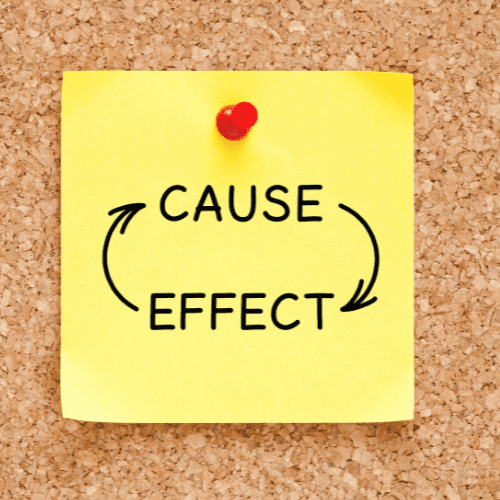Cause & Effect: The Key to Unlocking Better Business Performance
At Entrepreneurial Business School (EBS), we meet countless business owners who are looking for one thing: better outcomes. Whether that means stronger financial performance, more efficiency from their team, or greater clarity in direction, the core challenge is often the same — how do you align your people with your business goals and measure their performance effectively?
One of the most powerful tools we teach our clients is the difference between Key Performance Indicators (KPIs) and Critical Drivers. Understanding and applying these two elements together can transform the way you run your business.
What Are KPIs?
KPIs — or Key Performance Indicators — are the measurable outcomes or results you want to achieve in your business. They represent the destination.
For example:
-
A plumbing business might set a KPI of generating $100,000 in revenue per plumber per month.
-
Another company might track net profit targets each quarter.
These KPIs provide a clear benchmark of success. But knowing what you want isn’t enough on its own.
What Are Critical Drivers?
Critical Drivers are the specific, repeatable actions your team must take to achieve those KPIs. They represent the journey.
For example:
-
If the KPI is revenue, a Critical Driver might be ensuring that each plumber delivers 6 billable hours per day.
-
If the KPI is profit, Critical Drivers could include lead generation activities, sales meetings booked per week, or adherence to project timelines.
On their own, KPIs measure results. But without Critical Drivers, they don’t explain how to get there.
Why KPIs and Critical Drivers Must Work Together
Think of KPIs and Critical Drivers like fitness goals. If your KPI is to lose 10kg, the Critical Drivers might be:
-
Exercising three times per week,
-
Completing 50 push-ups per day,
-
Following a specific nutrition plan.
The KPI gives you the goal. The Critical Drivers ensure consistent action towards achieving it.
In business, the same principle applies:
-
KPI = The outcome (e.g., profit, revenue, growth).
-
Critical Driver = The actions (e.g., daily calls, billable hours, conversion rates).
At EBS, we often say: “If you can’t measure it, you can’t manage it.” When you combine KPIs and Critical Drivers, you create both clarity and accountability for your team.
Putting This Into Practice
Here’s a practical example:
-
KPI: Each plumber generates $100,000 in annual revenue.
-
Critical Drivers: Work at least 6 out of 8 hours per day as billable time, across 20 working days per month.
By setting both the goal and the pathway, you create measurable structure for success.
Why This Matters for Business Growth
Many business owners focus only on KPIs. They set big revenue or profit targets but fail to define the actions required to achieve them. This disconnect leaves their team unaligned, unsure of priorities, and often underperforming.
When you articulate both KPIs and Critical Drivers:
-
Your team knows what success looks like.
-
They also know what daily actions will get them there.
-
You gain the ability to track, adjust, and support their performance proactively.
This is where businesses move from wishful thinking to measurable progress and it’s often the turning point in scaling sustainably.
Final Thought
If you want to unlock better business performance, don’t just set KPIs. Pair them with clearly defined Critical Drivers. Together, they provide the roadmap and the destination, ensuring your team stays focused and your business moves forward with purpose.
At EBS, we work with entrepreneurs every day to design KPI and Critical Driver frameworks that deliver real results. Because when you measure the right things and act consistently, business growth isn’t just possible, it’s inevitable.


